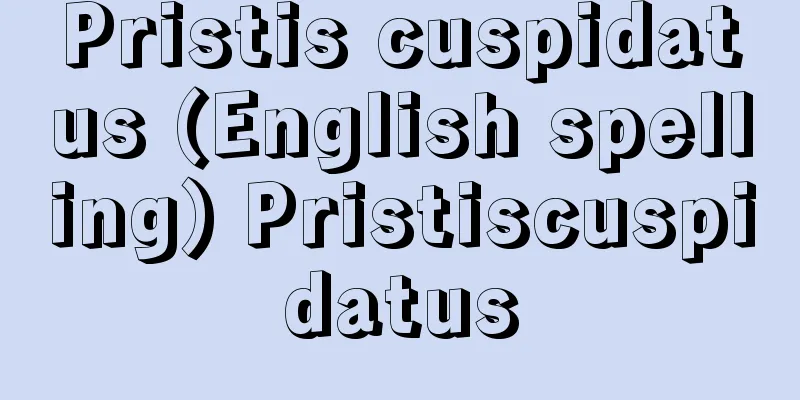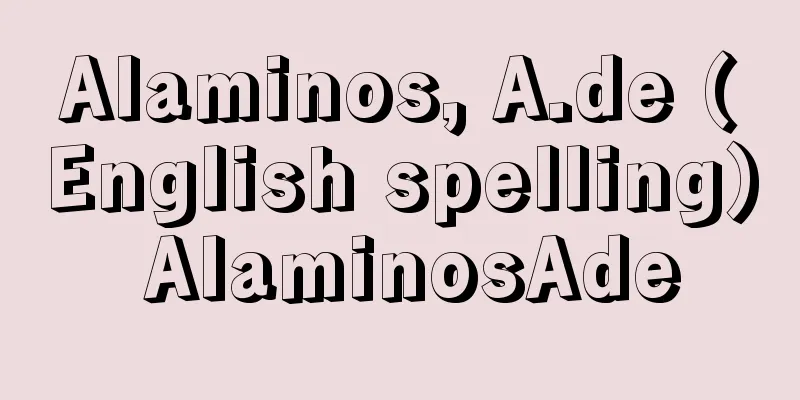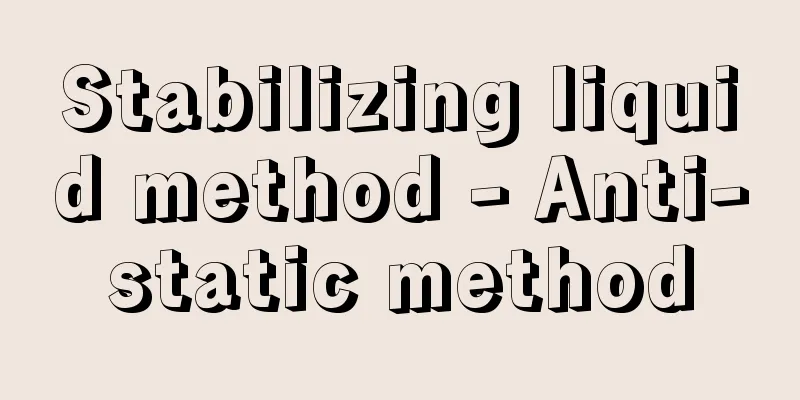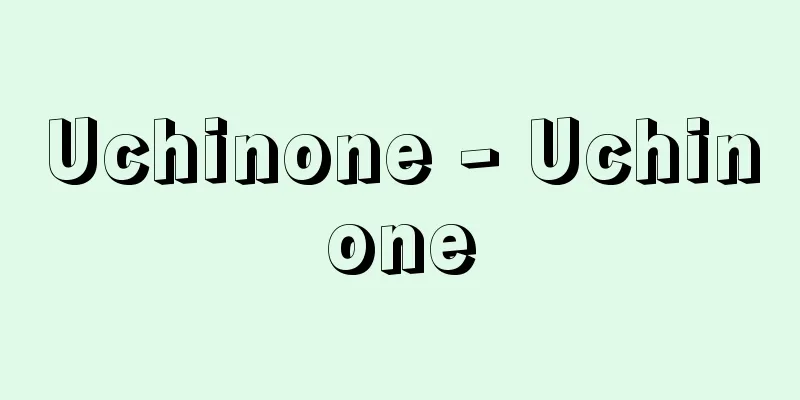Koan - Koan

|
In Zen Buddhism, these are records of the words and deeds of outstanding Zen masters that are used as a topic for Zen study. They are an abbreviation of "Gongfu no Andoku," where Gongfu is the name of a Chinese government office and Andoku means official document. Just as legal documents and official documents were absolute authorities that everyone should abide by, in Zen Buddhism the words, actions, and questions and answers of the Buddha and the Patriarchs were used as analogies for the ultimate principles of Buddhism that practitioners should follow. They are also called Kosoku Koan or Innen Wato. Originally, they were concise records of the words and deeds of the patriarchs as guidelines and guides for Buddhist training, but they were already recorded as sayings during the Tang dynasty in China. During the Song Dynasty, especially in the Rinzai sect, a Zen style was popular in which masters would show students koans such as "Zhaoshu Muzi" and have them study them in an ingenious way in order to lead them to enlightenment, and this style was perfected by Engoku Kokugon and Daie Sogo. The Zen style in which practitioners gradually attain enlightenment by studying such koans is called koan Zen or Kannazen Zen. Koan collections include the Hekiganroku, Shoyoroku, and Mumonkan, and the Keitokudentoroku contains biographies of over 1,700 Buddhist masters, and is known as "a collection of 1,700 koans." Most Japanese Zen sects, except for the early Soto sect, adopted koan Zen, and many guidebooks were created for it. These guidebooks are called Missanroku or Monsan. [Rikiyama Ishikawa] Source: Shogakukan Encyclopedia Nipponica About Encyclopedia Nipponica Information | Legend |
|
禅宗で、優れた禅者の言行を記して参禅学道の課題としたもの。「公府の案牘(あんどく)」の略で、公府は中国の役所の名、案牘は公文書の意。法書や公文書が万人の遵守すべき絶対的権威であったように、禅門では、仏祖の言句、動作、問答なども修行者のよるべき仏法の至理のたとえとして用いられた。古則(こそく)公案、因縁話頭(いんねんわとう)ともいう。元来は、祖師の言行を簡潔に記し、仏道修行上の指針手引としたものであったが、中国唐代にすでに語録として記録されている。宋(そう)代にはとくに臨済(りんざい)宗で、師家が学人を悟道(ごどう)に導くために、「趙州(じょうしゅう)無字」の公案などを学人に示して工夫参究させる禅風が盛行し、圜悟克勤(えんごこくごん)、大慧宗杲(だいえそうごう)らにより大成された。こうした公案を参究して段階的に修行者を大悟徹底させる禅風を公案禅、看話禅(かんなぜん)とよぶ。 公案集には『碧巌録(へきがんろく)』『従容録(しょうようろく)』『無門関』などがあり、また『景徳伝燈録(けいとくでんとうろく)』には1700余人の祖師の伝記があり、「千七百則の公案」と称されている。日本の禅宗も、初期の曹洞(そうとう)宗を除き大方は公案禅が採用され、その手引書も多くつくられた。その手引書を密参録(みっさんろく)あるいは門参(もんさん)という。 [石川力山] 出典 小学館 日本大百科全書(ニッポニカ)日本大百科全書(ニッポニカ)について 情報 | 凡例 |
<<: Public Safety Commission - Koan Iinkai
Recommend
Ageuta - Ageuta
One of the names of musical components of Heikyoku...
Pseudophycodrys rainosukei (English spelling) Pseudophycodrysrainosukei
...The cysts that develop from the fertilized egg...
agréments (English spelling)
…The masters of keyboard music of the time, Jean ...
Rear Admiral Katano
The protagonist of the story. He is depicted as a ...
Edom
The area is south-southeast of the Dead Sea and re...
Kuruma Plant Group
A general term for fossil plants found in the Lowe...
Art Museum
...Art museums and museums are two concepts that ...
Mount Katsuudake
A mountain on the border between Nago City, Okinaw...
Social Studies Education
Social studies is a subject that helps young peop...
Indigofera sumatrana (English spelling)
…【Arai Yoshie】. … *Some of the terminology that m...
United Press Association
…Before and after World War II, the three major n...
Indigo leather - Indigo
〘Noun〙 = Aikawa (indigo leather) ※Seizoku Asan Shi...
RMS Granularity - RMS Granularity
The RMS granularity is a measure of the grainines...
Stinky - Stinky
A perennial plant of the Juncaceae family (APG cl...
Venus-shaped shield clam
It is a bivalve mollusca of the family Veneridae ...









